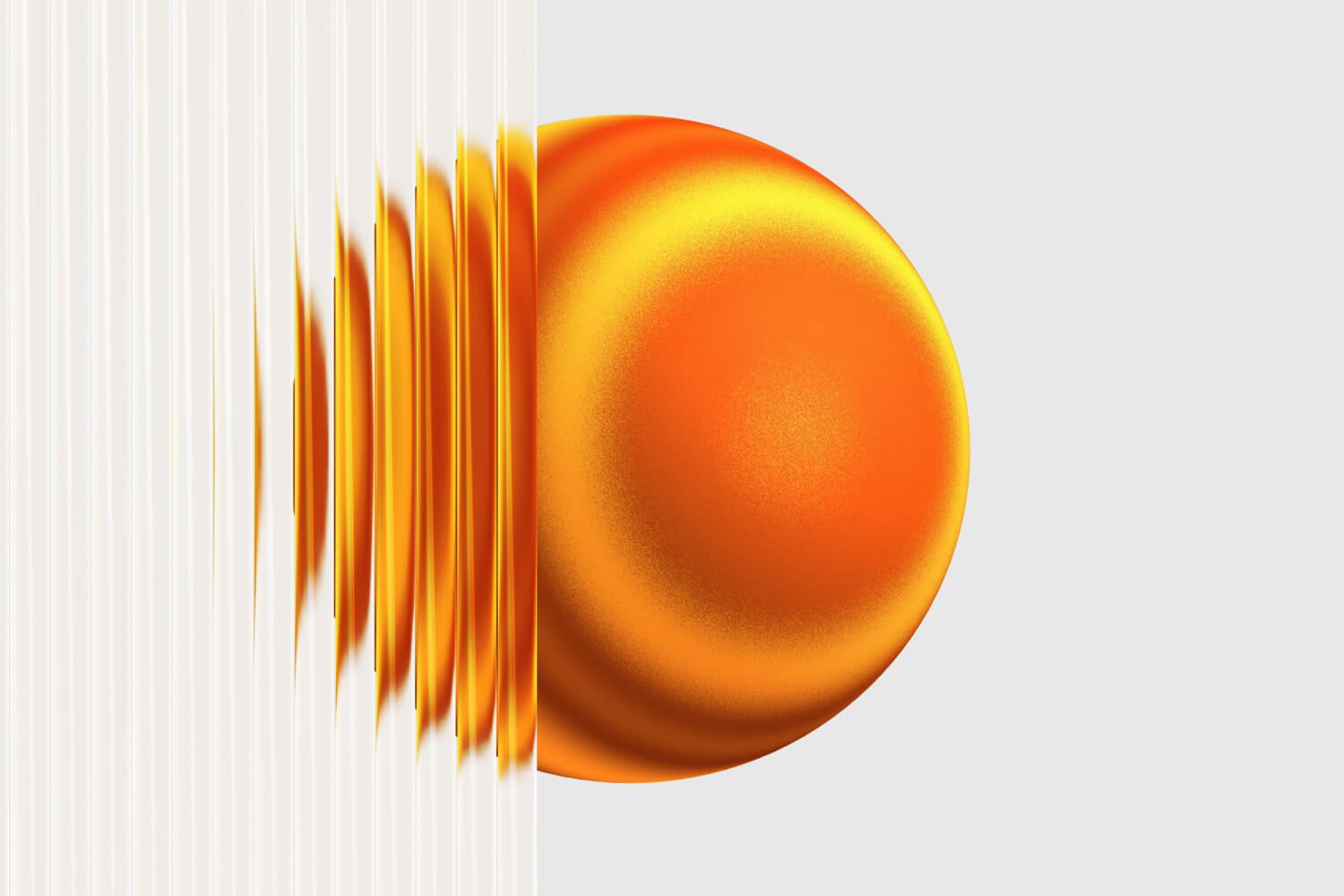Somewhere along the way, design lost its depth.
What once was a thoughtful, human-centered discipline turned into a race - for pixels, for patterns, for performance. The industry began prioritizing speed over substance, louder launches over lasting meaning. We shipped faster, tested harder, scaled louder - but forgot to ask the most important question: Does any of this still feel real?
We’ve built a world full of interfaces that look right but feel empty. Smooth, but soulless. Efficient, but ultimately forgettable.
The problem isn’t broken tools. Design isn’t suffering because of technology. It’s suffering because we stopped listening - to people, to context, to that subtle space between intention and outcome.
At Symbioth, we’re not interested in patching a system that was never designed to care. We’re here to rebuild - with patience, empathy, and intelligence.
We choose depth over speed. Dialogue over assumptions. And systems that adapt rather than manipulate.
This isn’t about nostalgia for some “golden age” of design. It’s about reclaiming what always mattered: meaning. care. connection.
Design isn’t decoration — it’s direction. It tells a system where to go. It tells a person what they’re worth.
Let’s stop designing for attention.
Let’s start designing for lasting impact.
That’s what we’re building at Symbioth.
Pixel by pixel. Layer by layer. System by system.





